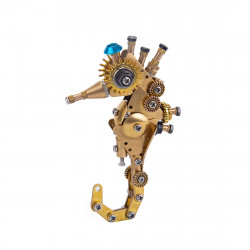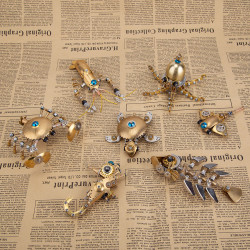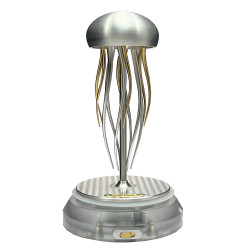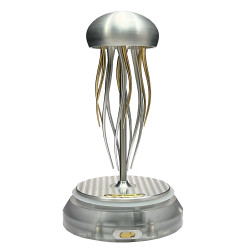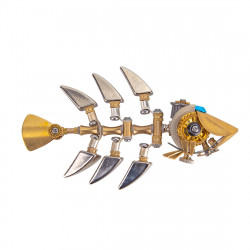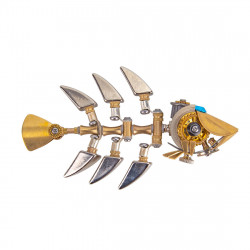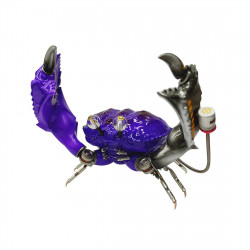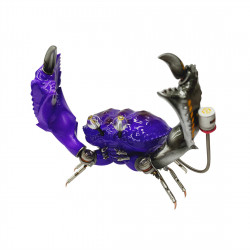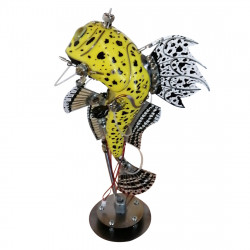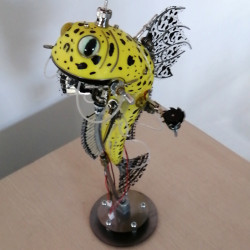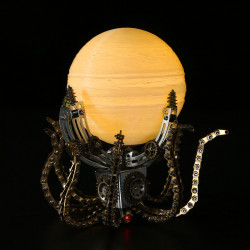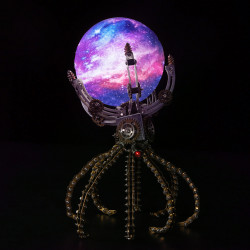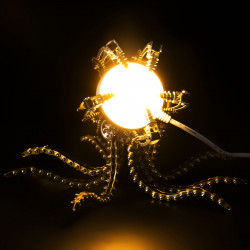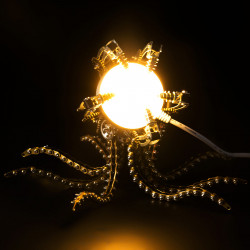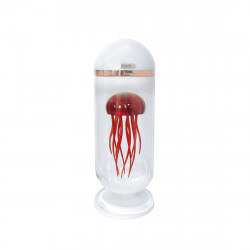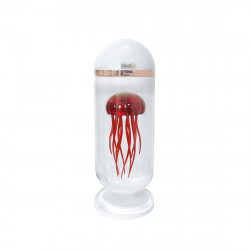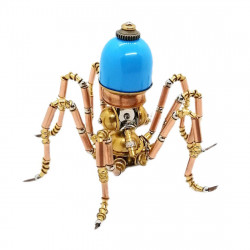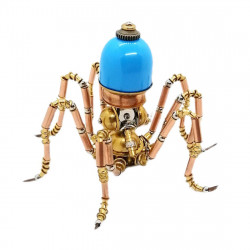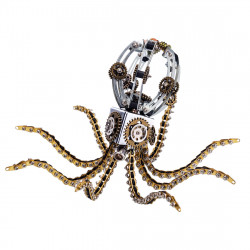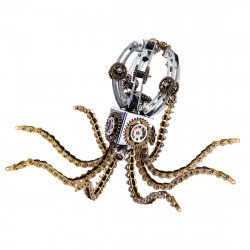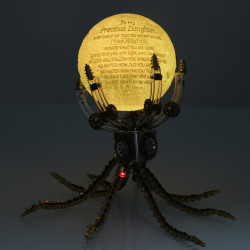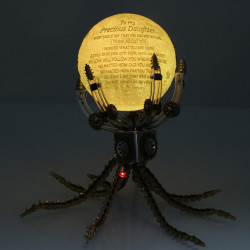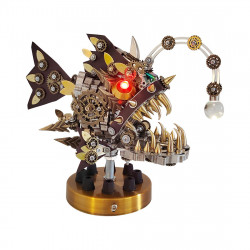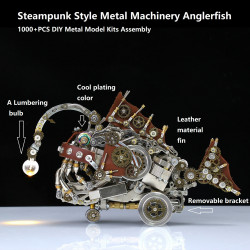Fish Metal Model Kits
Angler Fish 3D Model & Other Animal 3D Puzzles to Complete
Animals have always been part of our lives. And when it comes to 3D puzzles, there's nothing more exciting than creating your own stunning animal decoration. Throw in the many hours of fun and you will have the perfect activity to unwind and lose stress.
Our angler fish 3D model comes in a wide variety of models. Each model represents a unique challenge. It’s not all about fish though, you can also create an amazing octopus, not to mention 3D metal puzzles that can be used for other purposes than decoration, such as lighting.
With these aspects in mind, let’s see what you can do with our unique collection of 3D metal puzzles.
Benefits of Completing Our 3D Puzzles
Our 3D metal puzzles come with numerous advantages. To most people, this is all about having something to do. A hobby, a passion, a method to lose stress after a long day at work. But what most people don’t know is the fact that 3D metal puzzles bring in numerous health advantages as well.
- Iron memory. With dozens or even hundreds of pieces that can only go in certain positions and gaps, this activity is guaranteed to enhance your memory and help you further.
- Hand-eye coordination. Most puzzles bring in this outstanding benefit, which will inevitably prove to be excellent in real life as well.
- Great concentration. Despite being an activity to clear stress, the truth is that 3D metal puzzles also require you to be focused. In the long run, a great focus will apply to everything you do.
As if all these were not enough, some of our 3D metal puzzles can also be used for other purposes. While most people use them for decoration, you could also complete an angler fish 3D model that works like a lamp too.
Popular Types of 3D Puzzles
No matter what kind of animals you prefer, you’re likely to find them in our collection. Everything revolves around the angler fish 3D model, which is one of the best-selling items. However, there’s much more to this collection.
- Jellyfish. Is there anything more futuristic and beautiful than a metallic jellyfish with a glass dust cover? Hard to believe!
- Octopus. There are more 3D puzzles depicting octopuses. Different styles to match everyone’s preferences. The steampunk model with a built-in speaker is a hit among our customers.
- Seahorse. A metallic steampunk seahorse isn’t just challenging to complete, but it also showcases a beautiful design once you’re done.
And these are only a few examples. You can complete turtles, anglerfish lamps, dancing jellyfish and many others.
Quality That Lasts for Ages
We don’t fool around when it comes to quality. 3D puzzles with extras (such as lamps or speakers) have parts we make ourselves. The technical bits are designed by our engineers. What you’ll have to do is the actual design, the visible part that makes an excellent decoration.
Metallic parts are machine cut for exquisite precision. No matter which model you choose, you’ll benefit from a perfect match. Sure, based on the difficulty of the puzzle, some parts might be harder to fit, but that’s just part of the challenge.
There’s nothing to worry about in terms of defects or issues because you won’t have any issues with our models.
Other than that, each of our 3D puzzles has a detailed manual of instructions, so there’s no guesswork involved.
How to Make an Angler Fish 3D Model
Be it the angler fish 3D model, an octopus or something else, the steps to complete a puzzle are the same.
- Take everything out of the box and lay everything out so you can see all the parts. This initial step will help prevent losing small components.
- Check the manual, go through all the steps and familiarize yourself with the parts.
- Start completing the puzzle, one step at a time. Take steps in the recommended order to avoid getting stuck.
When complete, the puzzle can be displayed as a decoration, but also used for other purposes. If it’s a lamp, you can use it for accent lighting. If it’s a speaker, it could be a great addition to your room. It’s more than just a puzzle, but it’s a piece of art that reflects your creativity and mechanical skill.
How to Pick the Perfect 3D Puzzle
Not sure which 3D metal puzzle to buy? Here’s how to decide.
Preferences
Look at the outcome and make a decision based on what would look good in your home or office. Some of the octopus models are extraordinary, but the angler fish 3D model is just as attractive. Turtles are quite fun to complete as well.
Purpose
Some of our 3D metal puzzles have other purposes once complete. Therefore, you should consider that too. If you could do with a little speaker in your office to play radio in the background all day long, you may want a 3D metal puzzle with a speaker. Accent lighting is just as good, so how about a lamp?
Number of Pieces
The number of pieces is directly proportional to the difficulty of a 3D metal puzzle. The more pieces it has, the more difficult it becomes to complete it. If this is your first puzzle, you may want to start with something light and easy.
FAQs
Still undecided about the perfect angler fish 3D model?
Can my kids do this puzzle?
Our 3D metal puzzles are made for adults, but kids can also participate under supervision.
Do I have to buy anything else separately?
You won’t need any other parts, accessories or tools to complete a 3D metal puzzle, as everything required to solve the puzzle is included in the box.
Do I have to assemble lamps or speakers too?
No, such parts are already made. You’ll have to assemble everything else around them though.
